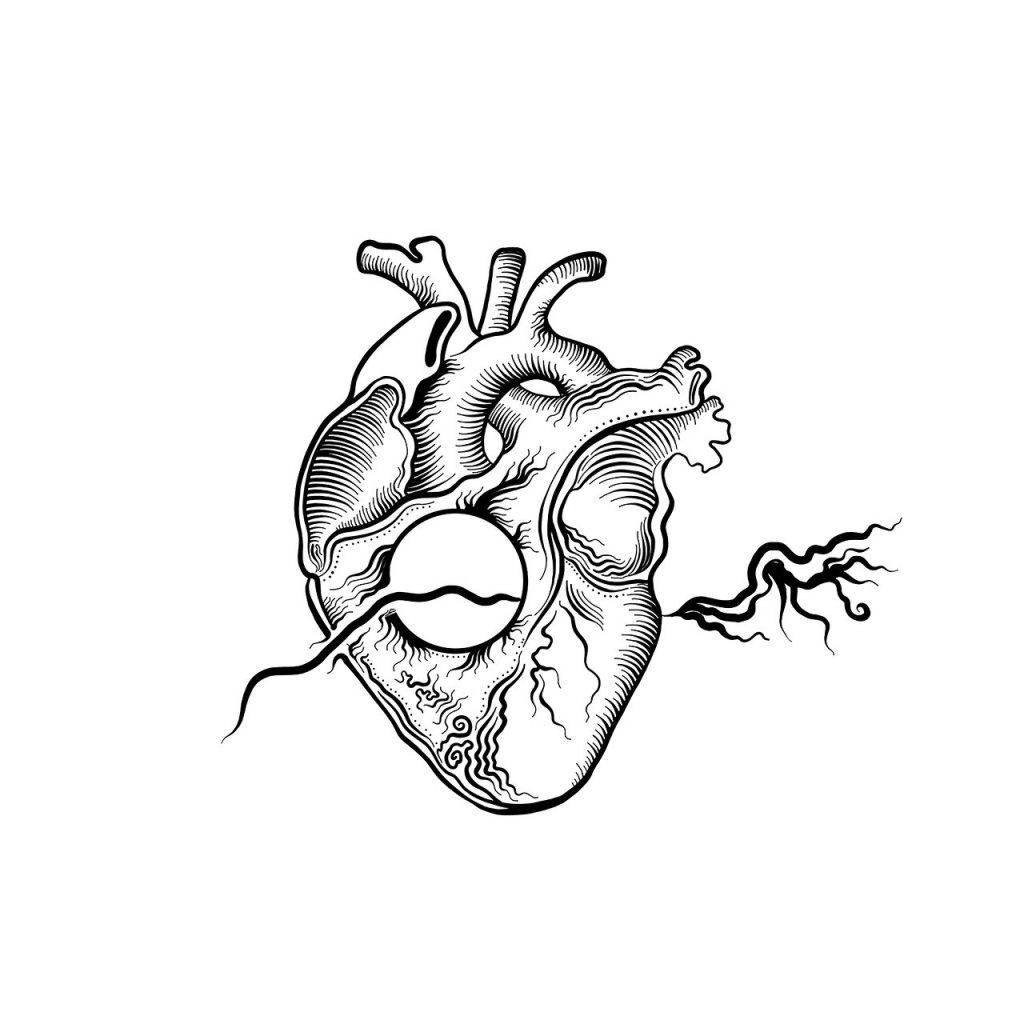Heart Art

Heart art transcends time, starting with early anatomical accuracy and evolving into modern emotional symbols. Artists like Keith Haring and Jim Dine transformed the heart from a simple organ to a powerful emblem of love and unity. Contemporary heart art employs techniques such as layering and blending, utilizing bold colours and geometric shapes to express complex emotions. Renowned artists, including Catrin Welz-Stein and Victoria Tsekidou, highlight the intersection of art and emotional health. In modern culture, heart motifs are prevalent in fashion, home decor, and marketing. Explore further to uncover the deeper cultural and emotional impacts of heart art.
Key Points
- Heart art has evolved from anatomical depictions to symbolic representations of love, passion, and unity.
- Famous heart artists like Keith Haring and Jim Dine have redefined heart symbolism in contemporary art.
- Techniques in heart art include realistic portraits, abstract shapes, bold colours, and innovative compositions.
- Heart motifs are prevalent in fashion, home decor, and marketing, reflecting their cultural significance.
- Creating heart art involves various mediums and techniques, drawing inspiration from anatomy, emotions, and symbolism.
History of Heart Art
Throughout history, heart art has depicted the symbol in various forms, from its anatomical representation in ancient Egyptian and Greek civilizations to its evolution into an emblem of emotions and relationships in contemporary works. You can observe the symbolic evolution and cultural significance in these depictions.
Initially, heart art was rooted in anatomical accuracy, reflecting early medical understanding. Over time, heart art interpretations shifted, influenced by artistic movements and societal changes. Artists like Keith Haring and Jim Dine redefined the heart symbol, embedding it with new emotional and relational connotations.
These artistic influences have transformed the heart into a versatile motif, utilized across mediums to explore themes of love, passion, and unity, reflecting its deep-rooted cultural resonance.
Techniques and Styles
How do various techniques and styles in heart art allow artists to convey complex emotional and relational themes? Using realistic portraits and abstract shapes, artists can illustrate nuanced feelings and connections. Realistic portraits focus on detailed anatomical accuracy, emphasizing the heart’s physical beauty and its emotional weight. Abstract shapes, on the other hand, enable artists to explore symbolic and conceptual representations of love and relationships.
| Technique | Materials | Style |
|---|---|---|
| Painting | Oil, Acrylic | Realistic Portraits |
| Drawing | Charcoal, Ink | Abstract Shapes |
| Mixed Media | Paper, Fabric | Whimsical, Textured |
Contemporary heart art often employs bold colours and geometric shapes, utilizing innovative compositions to communicate modern emotions. Techniques such as layering, blending, and collage add depth and texture, creating visually striking pieces that resonate emotionally.
Famous Heart Artists
Building on the exploration of techniques and styles, it’s imperative to recognize the contributions of famous heart artists who’ve mastered these methods to evoke profound emotional responses.
Catrin Welz-Stein’s heart art canvases, priced between $24.99 and $49.99, exemplify intricate heart art symbolism and interpretations.
Victoria Tsekidou and Wayne Sleeth offer heart-themed prints for $37.50 each, often featured in heart art exhibitions and collaborations.
Jody Thomas and Laura Marshall, pricing their canvas prints at $24.99 and $37.50 respectively, also make a significant impact in the field.
These artists use unique heart designs to convey complex emotional and medical themes, enhancing the viewer’s understanding of cardiovascular symbolism and interpretations. Their work underscores the intersection of art and emotional health.
Heart Art in Modern Culture
Heart art’s pervasive presence in modern culture underscores its multifaceted significance, merging aesthetic appeal with deep emotional and symbolic meanings. You see heart art everywhere, from fashion runways to marketing campaigns, leveraging its powerful emotional impact.
The heart symbol isn’t just a design; it’s a potent emblem of love and compassion, resonating deeply with audiences.
Fashion:
Heart motifs are prevalent in clothing, accessories, and jewelry.
Home Decor:
Heart-themed wall prints and posters add emotional warmth to spaces.
Marketing:
Brands use heart imagery to foster a connection with consumers.
Art:
Artists like Banksy and Victoria Tsekidou push the boundaries of heart art symbolism.
Understanding heart art’s role in contemporary culture reveals its enduring influence.
Creating Your Own Heart Art
Utilize various artistic mediums, such as painting, drawing, and digital art, to craft heart-themed pieces that convey complex emotional and symbolic meanings. Draw heart art inspiration from anatomical studies, emotional experiences, or cultural symbolism.
Personalize your heart creations by integrating unique colour palettes and textures. Experiment with mixed media techniques—combine watercolours, charcoal, and digital enhancements—to add dimension and visual interest. Each medium allows for a distinct expression, yet all aim to articulate the profound intricacies of the heart.
Showcase your personalized heart creations to a broader audience by sharing on social media or participating in local art exhibitions. Engaging with a community of enthusiasts not only validates your work but also fosters further heart art inspiration and innovation.
Frequently Asked Questions
Who Is the Famous Artist That Draws Hearts?
You’re likely referring to Banksy, a renowned artist whose work often employs heart symbolism and romantic imagery. His pieces frequently convey messages of love, activism, and social commentary, making him a key figure in contemporary art.
What Is Heart in Art?
In art, the heart serves as a symbolic representation of emotional expression. You’ll find artists using it to convey complex feelings like love and passion, making it a powerful motif in various artistic mediums.
What Is the Literary Meaning of Heart?
You recognize the heart’s literary meaning as a symbolic representation of emotional resonance, encapsulating love, passion, and humanity’s essence. It conveys the characters’ innermost thoughts, evoking themes of connection, empathy, vulnerability, and the complexity of human emotions.
Conclusion
In exploring heart art, you’ve delved into its rich history, various techniques, and notable artists.
Understanding its presence in modern culture enriches your appreciation.
Now, it’s your turn to create. Use anatomical accuracy, experiment with mediums, and let your unique perspective shine.
Remember, each piece you craft contributes to the evolving narrative of heart art.
Engage your creativity and technical skills to produce art that resonates on both an emotional and intellectual level.
Author: Victoria Williams

